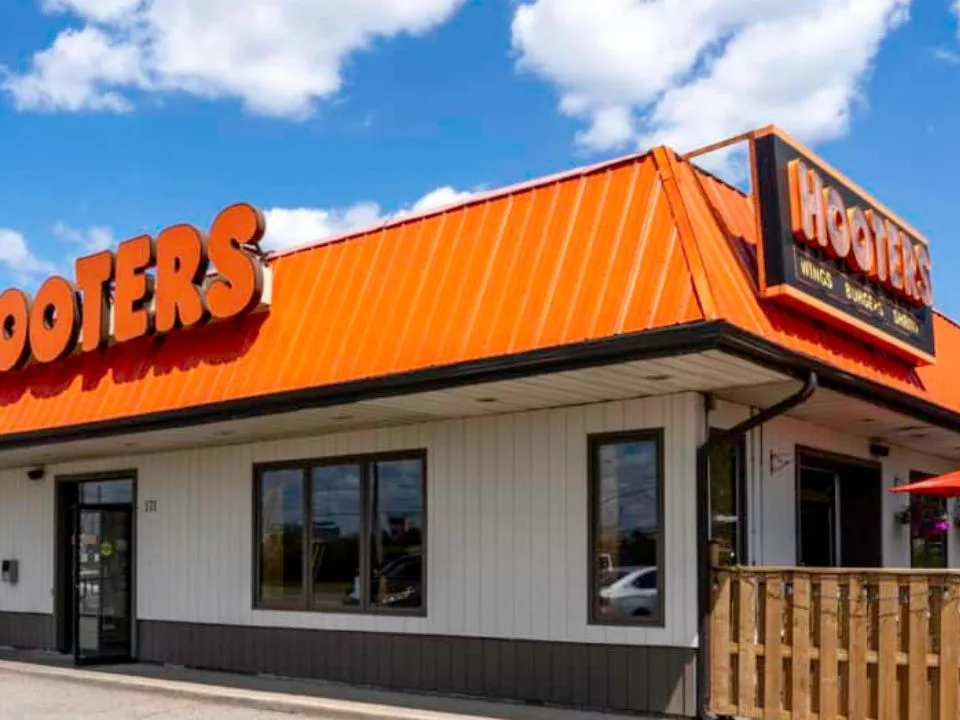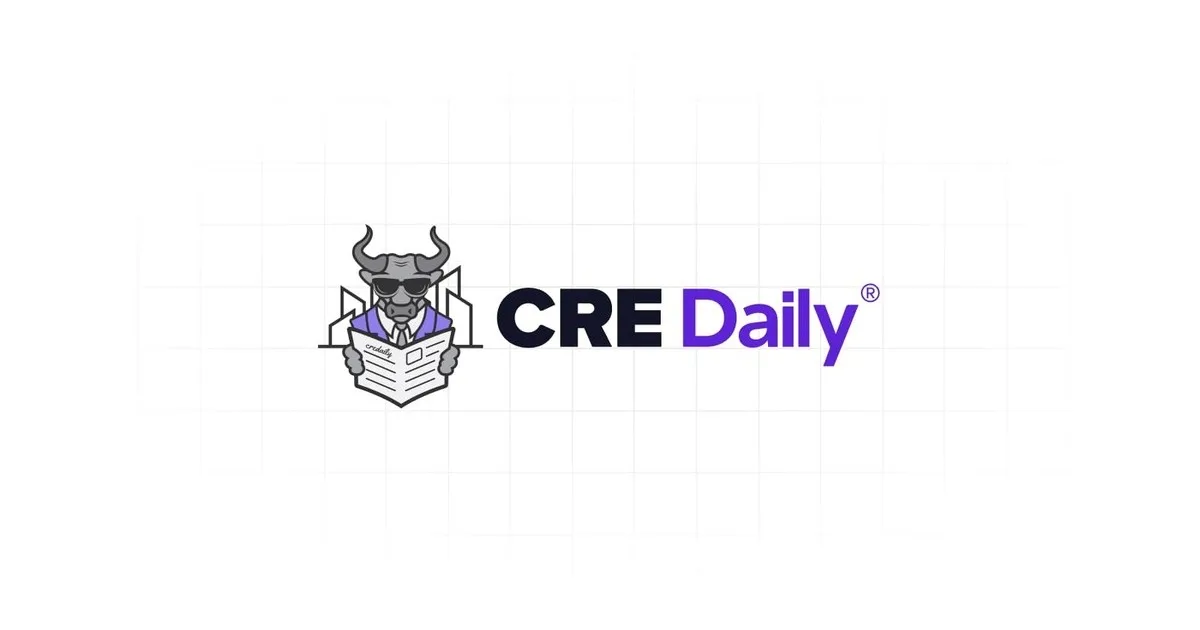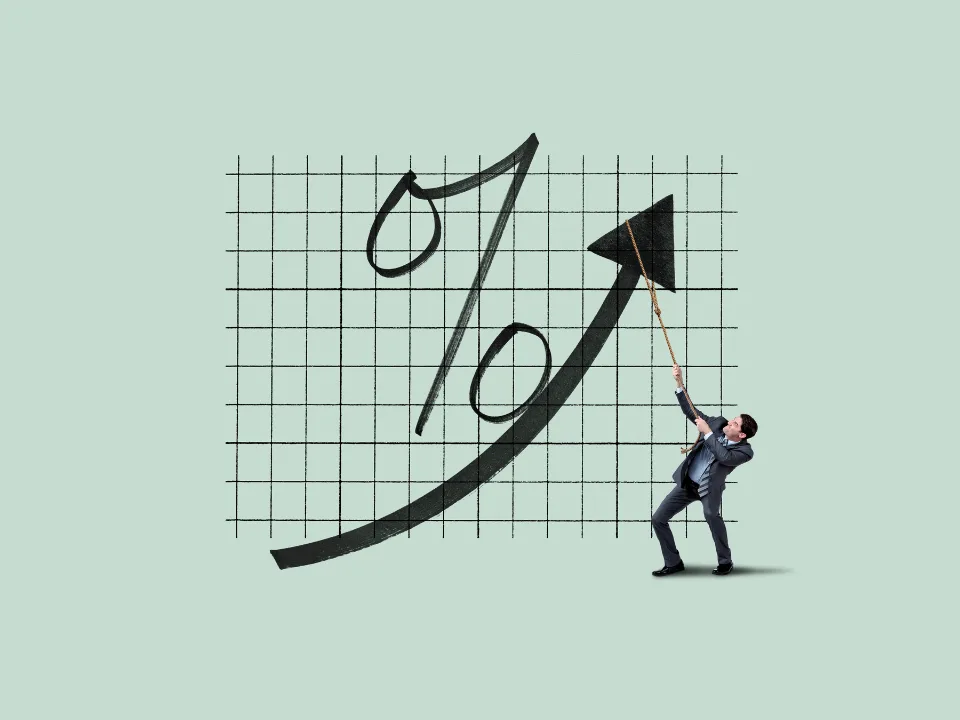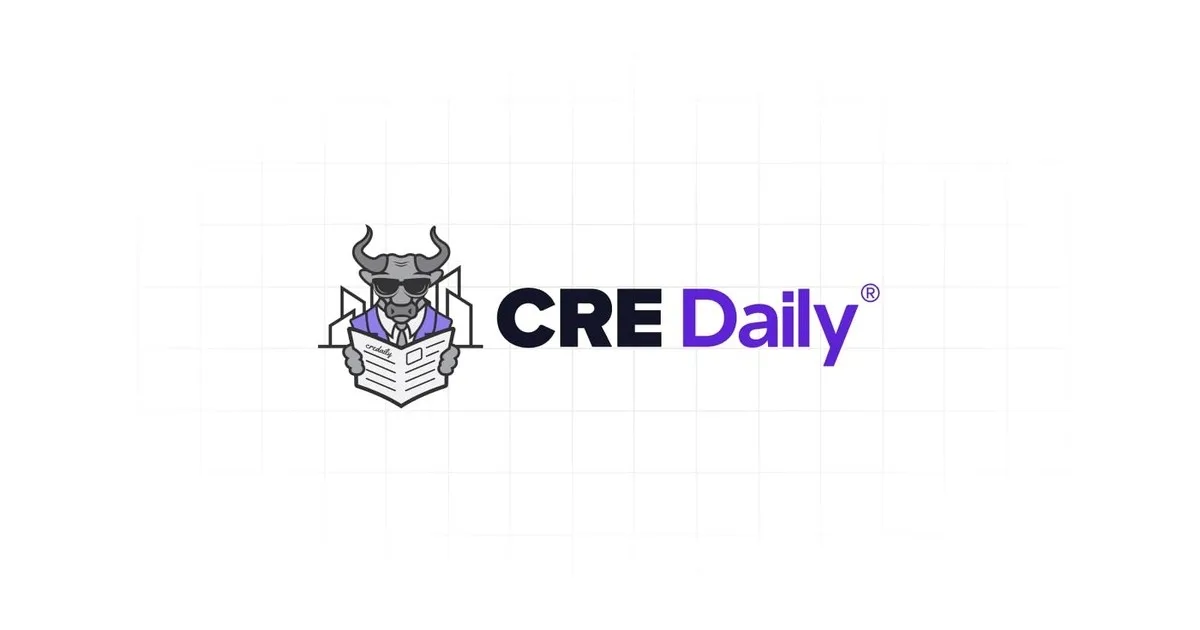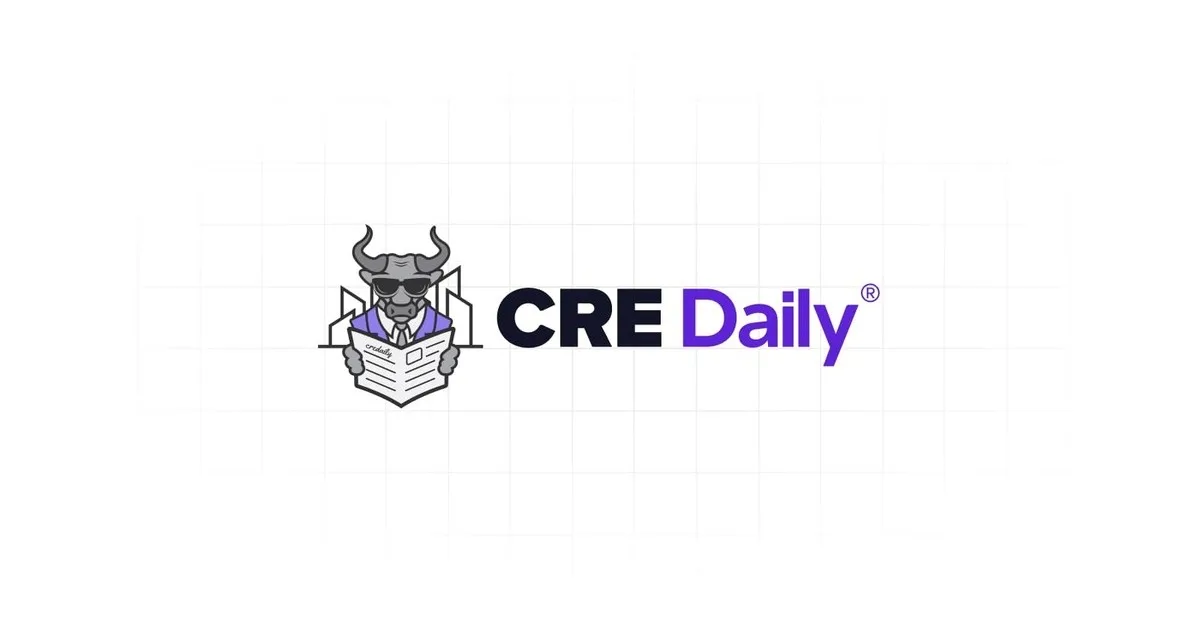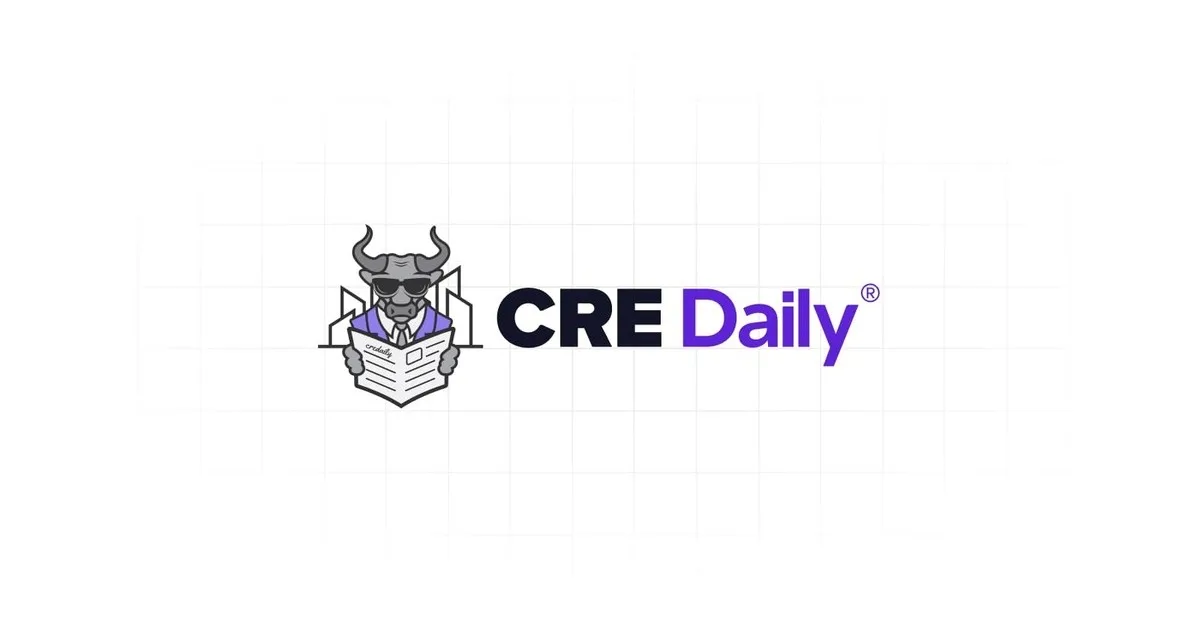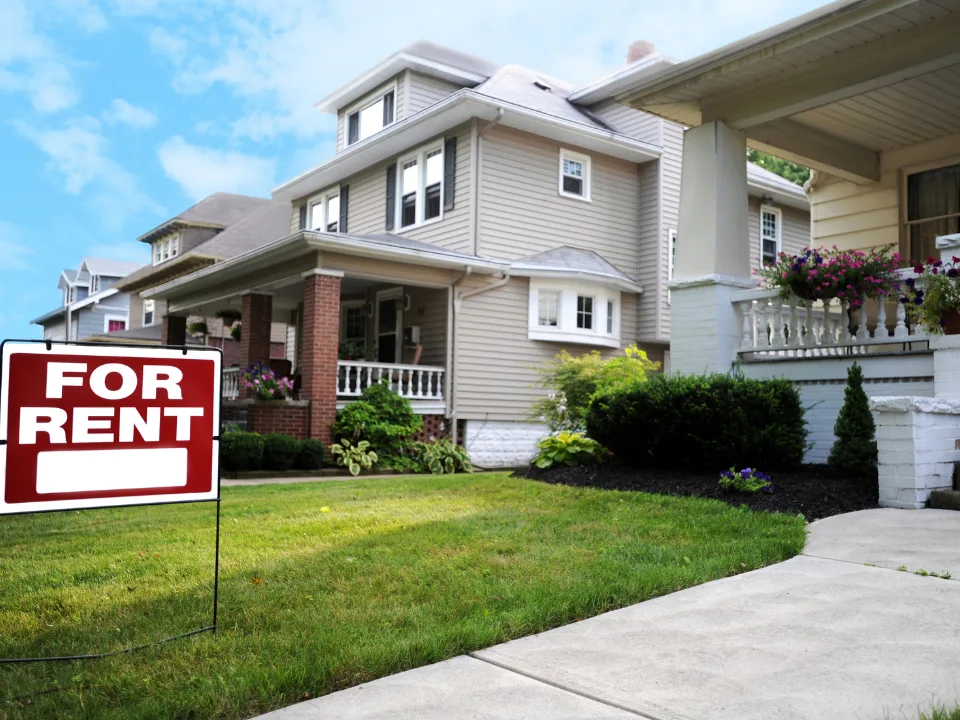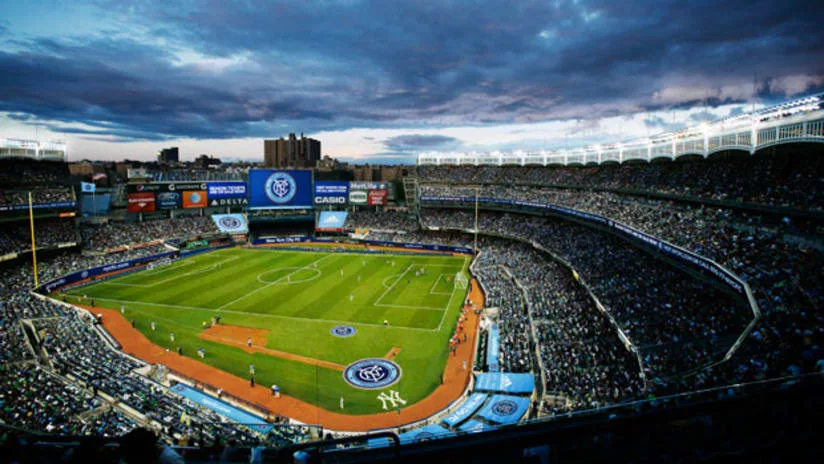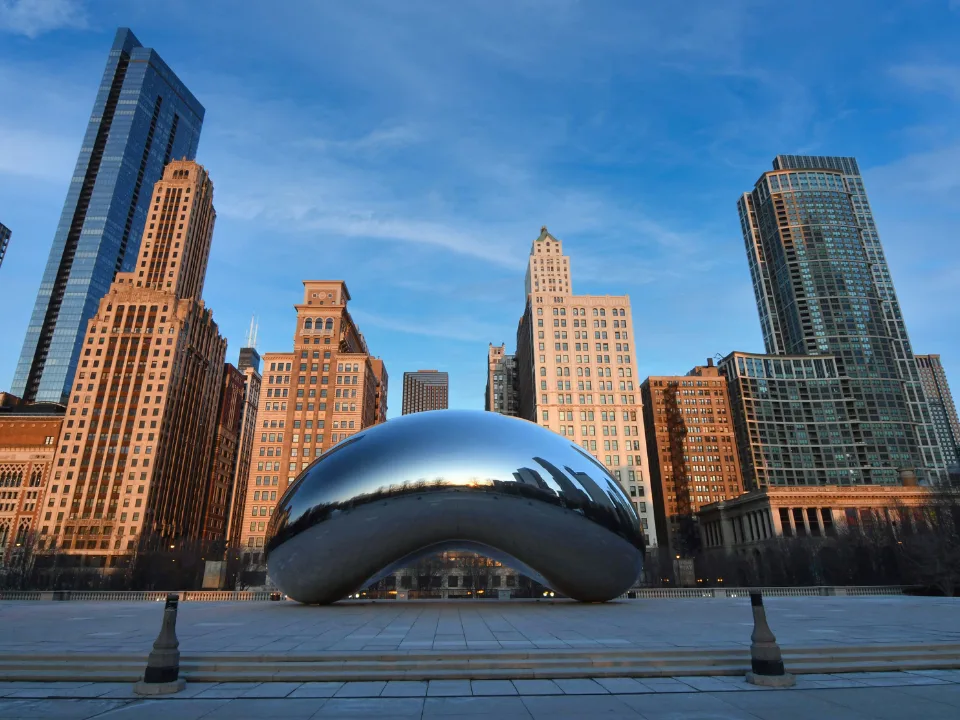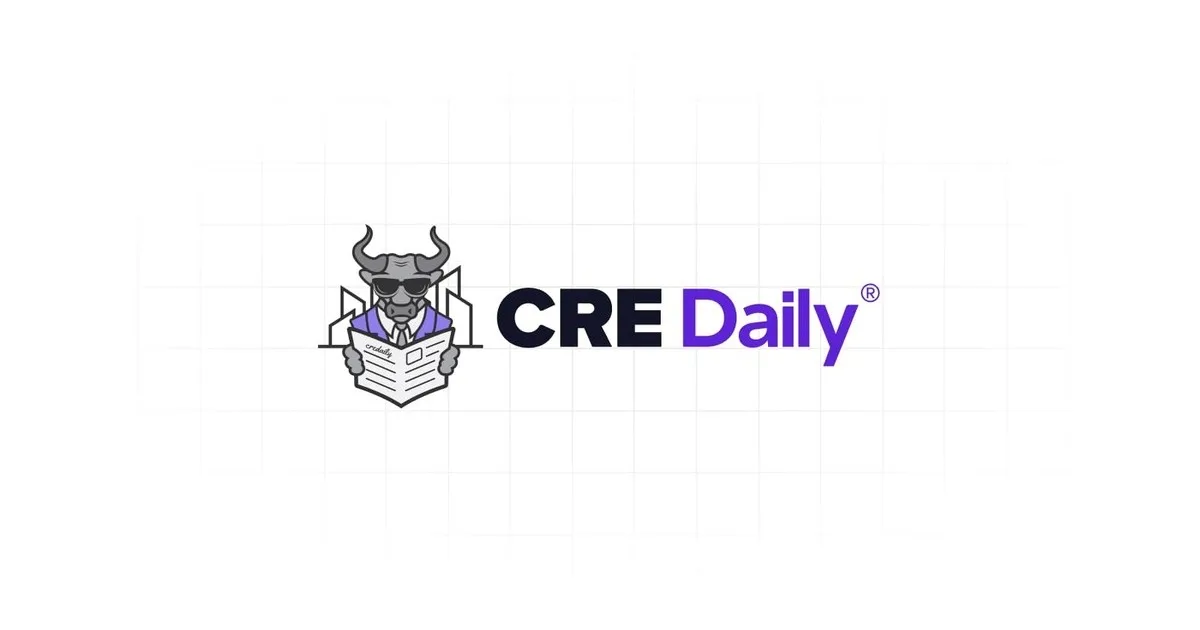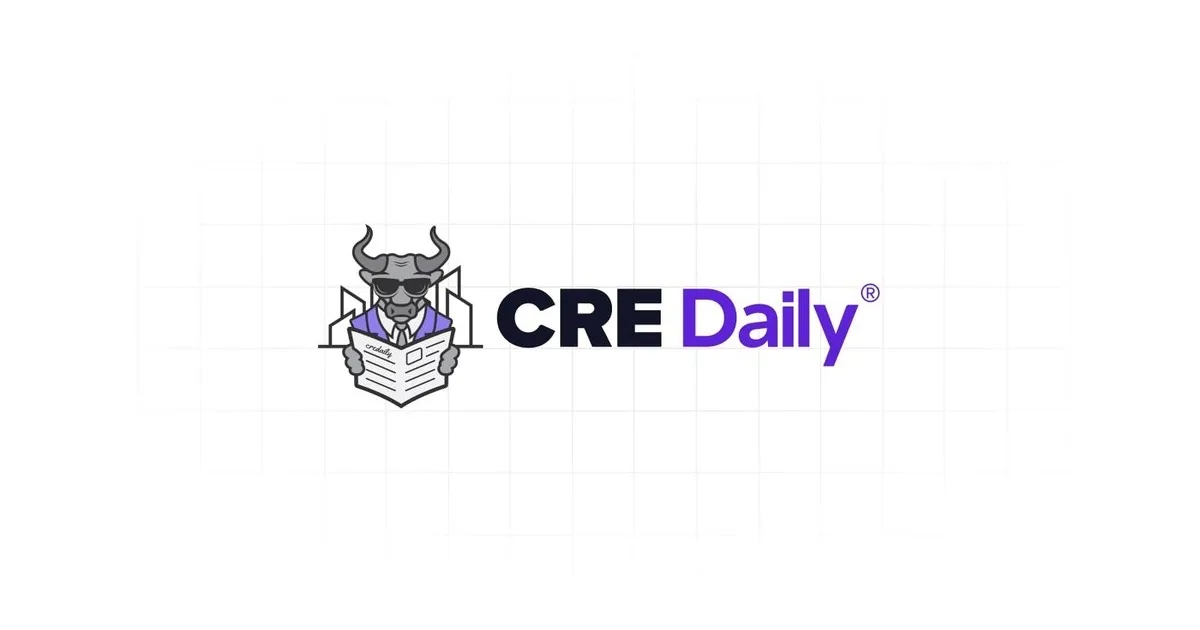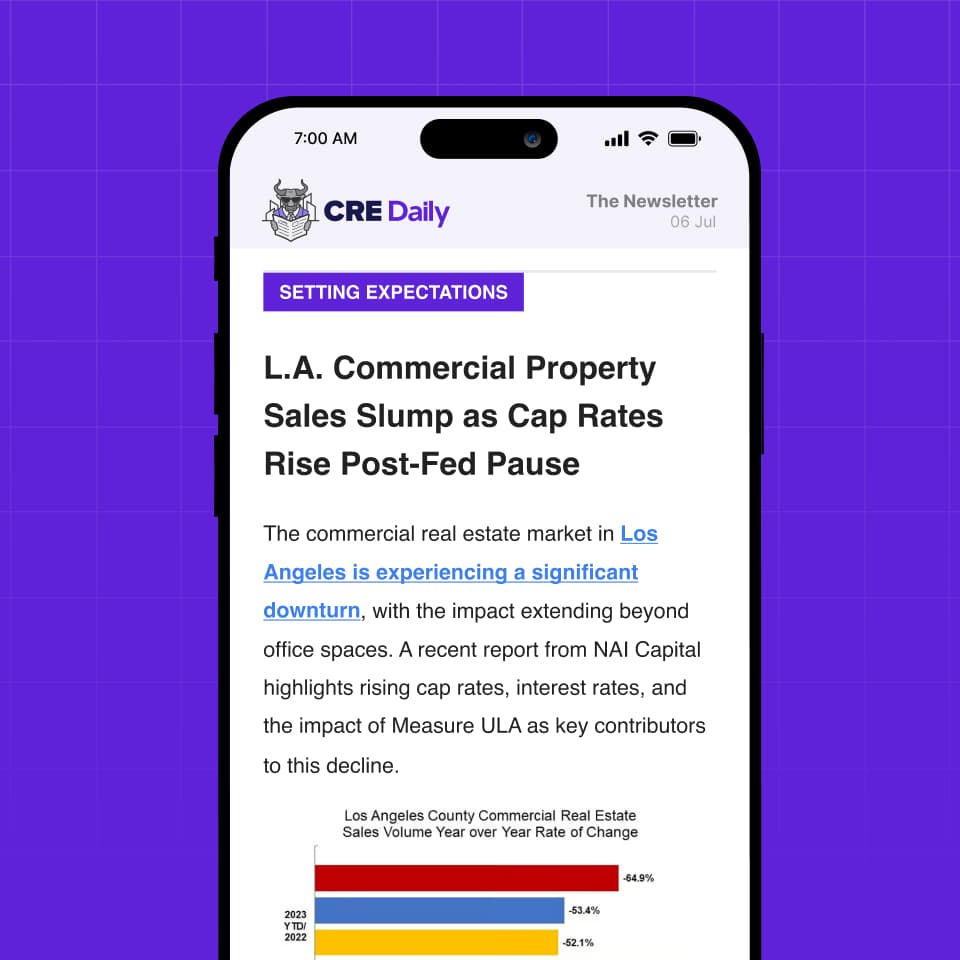- Cap rates increased across most property types in Q4, reflecting changing market conditions in CMBS lending.
- Multifamily and office saw modest cap rate hikes, while industrial and self-storage reported notable increases.
- Hotel cap rates were the only category to decline, falling from an average of 7.80% in Q3 to 7.30% in Q4.
- Interest rates showed mixed movement, with office and retail loan rates declining while multifamily and hotel rates ticked up.
- Self-storage saw the highest loan volume growth (+254%), while multifamily saw the sharpest decline (-55%).
Capitalization rates rose across most property types in Q4, reflecting a shift in the CMBS lending environment, per GlobeSt.
By The Numbers
Indeed, a CRED iQ analysis of 819 properties backing 284 CMBS conduit loans—totaling over $7B in securitized originations—revealed a broad increase in cap rates:
- Office cap rates ranged from 4.60% to 10.50%, averaging 7.40%, up from 7.16% in Q3.
- Multifamily cap rates climbed to an average of 5.90%, compared to 5.77% in Q3.
- Retail cap rates rose from 6.45% to 6.70%, while industrial increased from 6.24% to 6.40%.
- Self-storage saw the most pronounced jump, with cap rates rising from 5.86% to 6.20%.
- Hotels bucked the trend, with cap rates falling from 7.80% to 7.30%.
Get Smarter about what matters in CRE
Stay ahead of trends in commercial real estate with CRE Daily – the free newsletter delivering everything you need to start your day in just 5-minutes
Interest rates in CMBS loans showed mixed movements, with office and retail loans seeing slight declines while multifamily and hotel rates ticked up:
- Office loan rates averaged 6.70%, down from 6.90% in Q3.
- Retail loans averaged 6.50%, slightly below Q3’s 6.58%.
- Multifamily rates rose from 6.55% to 6.60%.
- Hotel loans inched up from 7.00% to 6.90%.
Loan volumes varied significantly by property type. Self-storage grew the most, with loan volumes surging 254% in Q4. Hospitality followed, up 147%. Meanwhile, multifamily loans saw the steepest drop of -55%, with office loans close behind at -50%.
Market Sentiment
Debt yield, a key metric for gauging lender risk appetite, remained relatively stable across most asset classes. Office debt yields averaged 13%, slightly from Q3’s 13.2%. Multifamily debt yields dropped from 9.93% to 9.50%. Retail debt yields saw a marginal uptick to 11.60%, up from 11.55%.
The increase in cap rates suggests that lenders are adjusting their risk expectations, requiring higher returns amid continued market volatility. While some properties, such as self-storage and hospitality, saw robust lending activity, multifamily and office properties experienced a pullback.
Taken together, these trends signal a more selective approach by lenders as they navigate evolving market conditions.
Looking Ahead
Industry participants will closely watch how interest rates and economic trends shape lending and cap rates. If rates stay high, borrowing costs may keep deal activity subdued, forcing price adjustments and potentially driving more distressed sales.
Lenders will likely favor sectors with strong fundamentals, like industrial and self-storage, while taking a cautious approach to struggling asset classes, especially office.
Any signs of rate cuts or economic stabilization could help cap rates level off, but underwriting will remain selective as the market adjusts to new risk dynamics.
